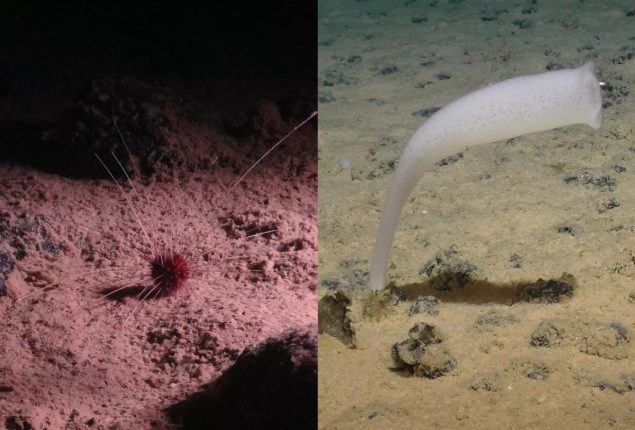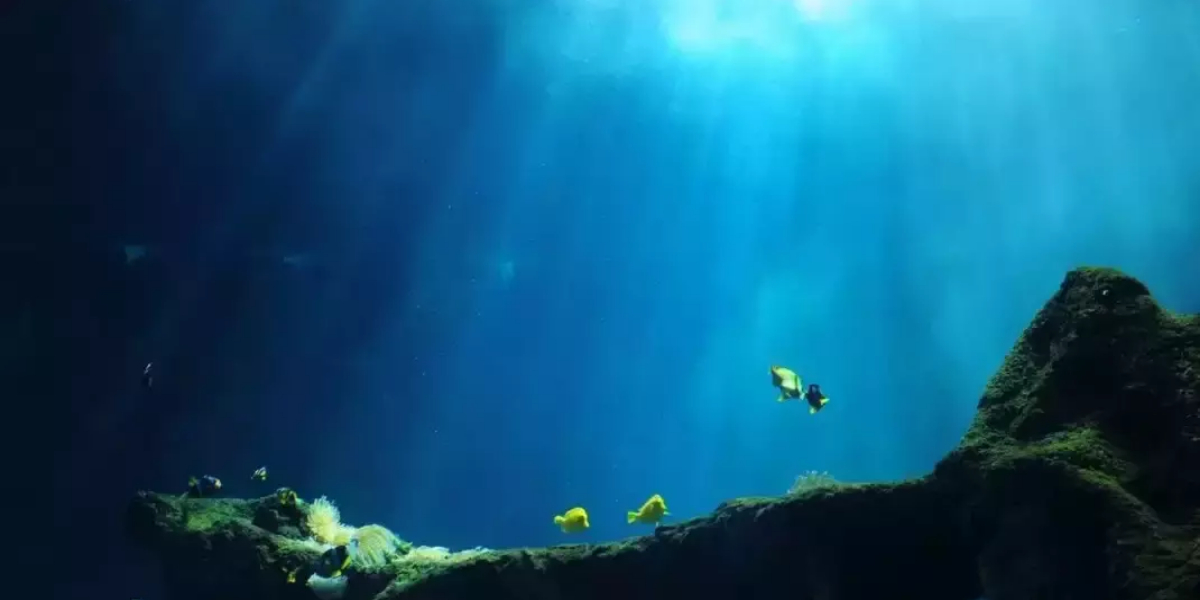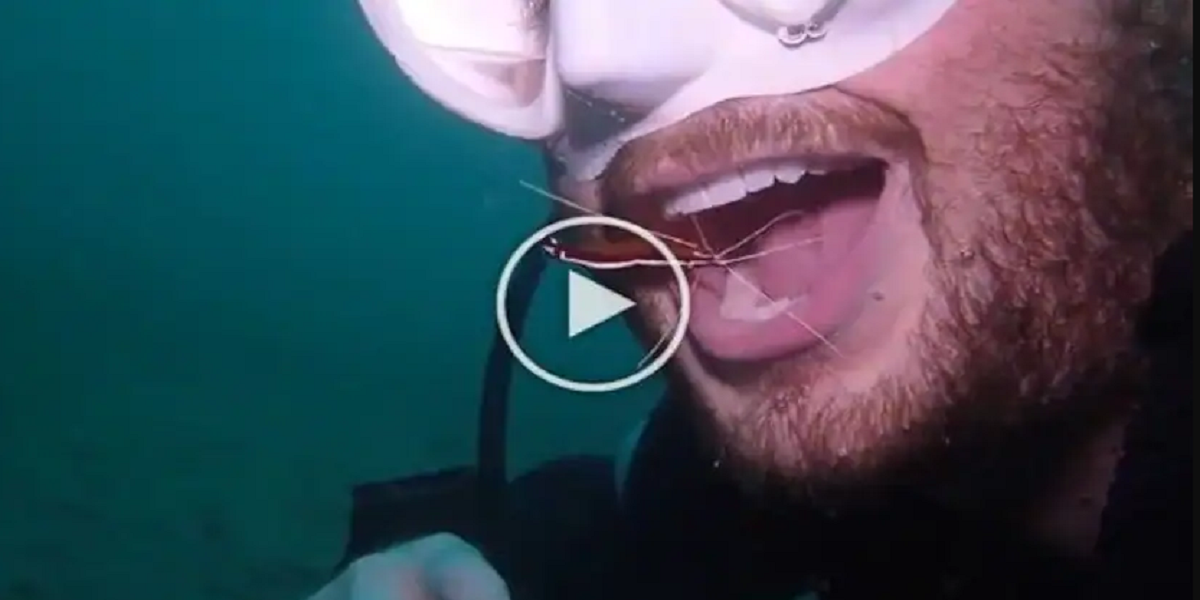- “Gummy squirrel” sea cucumber and bristly-legged shrimp among unique creatures discovered.
- Concerns raised about mining’s impact on biodiversity, leading to calls for a moratorium.
- International Seabed Authority agrees on a roadmap for deep-sea mining regulations.
Recent studies reveal that the Clarion-Clipperton Zone (CCZ), an abyssal plain stretching from Hawaii to Mexico, harbours thousands of unknown species more complex than previously understood. The region is targeted for deep-sea mining due to the presence of mineral-rich nodules used in clean energy technologies.
Scientists, during commercially-funded expeditions, have discovered unique creatures like the “gummy squirrel” sea cucumber and shrimp with elongated bristly legs, alongside various tiny worms, crustaceans, and molluscs. Concerns have been raised about the potential impact of mining on the region’s biodiversity, with conservationists calling for a moratorium.
Despite the rich ecosystem discoveries, the International Seabed Authority has agreed on a roadmap for deep-sea mining regulations. Researchers emphasize the importance of preserving this last frontier of biodiversity and warn that mining could disrupt undisturbed sediment and pose a severe threat to the unique habitat of specialized creatures.
The debate between mining interests and conservationists continues, while the true treasure of the deep sea—the rich biodiversity—remains at stake.
[embedpost slug=”french-daredevil-falls-to-death-in-hong-kong-tower-climb”]









